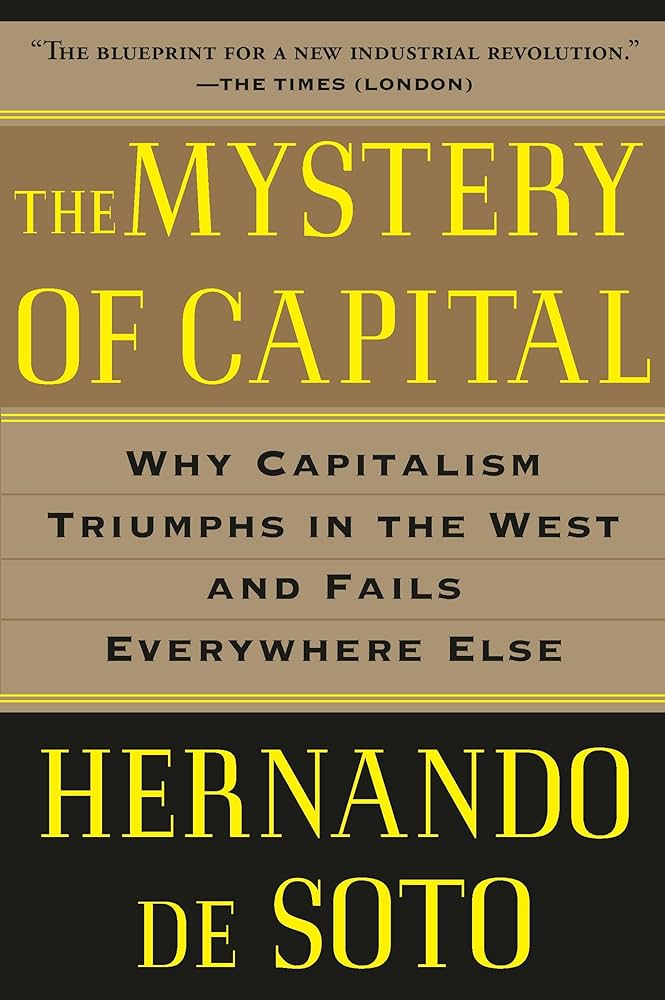
Under fire Federal Reserve Governor Lisa Cook is encountering allegations of mortgage fraud—namely, owner-occupancy mortgage fraud. The assertion is that she secured two mortgages across two states, within a fortnight, while designating both properties as her “primary residence.” If accurate, it casts a troubling shadow on someone involved with the Fed, the very organization responsible for maintaining the rules and integrity of our banking system. It’s assumed that all individuals are innocent until proven otherwise, yet the claims prompt significant inquiries into ethical behavior within financial institutions.
The repercussions for owner-occupancy fraud, which is categorized under the larger scope of mortgage fraud, can be harsh, potentially leading to extensive prison sentences and substantial fines. Although enforcement tends to be infrequent, lenders retain the authority to demand repayment of loans immediately, and the reputational harm for individuals, especially public figures, can be considerable. While numerous borrowers might take risks to save on mortgage costs, the perceived laxity from regulators indicates that owner-occupancy fraud might be more prevalent than acknowledged.
The benefit of declaring two primary residences is associated with the more advantageous mortgage rates available to primary residence borrowers as opposed to those for investment properties. The difference in interest rates can generate significant financial savings over time. As a result, some individuals might be tempted to circumvent the rules regarding primary residence designation to capitalize on these lower rates.
Nevertheless, lenders uphold stricter verification protocols following the 2009 financial crisis, aiming to ensure borrowers’ adherence and financial stability. While this could discourage fraud, the insufficient scrutiny in confirming occupancy can enable deceitful claims. From a lender’s viewpoint, properties considered luxuries, such as vacation homes, are regarded as riskier and attract elevated rates. Additionally, borrowers frequently struggle to grasp the distinction between primary residence and investment property mortgage rates, leading to feelings of inequity.
To legitimately acquire a primary residence mortgage rate on a rental property, individuals can merely occupy the property for a minimum of one year before leasing it out. This method complies with the laws regulating primary residence mortgages and allows borrowers to benefit from lower rates while following the rules.
It’s vital to recognize the reality that situations may compel individuals into circumstances where they cannot meet mortgage obligations as originally stated. Life events like job loss or new employment opportunities in different regions can shift a borrower’s capacity to uphold occupancy. The motivation behind borrower actions is integral in differentiating between strategic financial maneuvering and blatant fraud.
In the end, the accusations against Lisa Cook remind us of the delicate balance between utilizing mortgage regulations for financial benefit and engaging in fraudulent practices. As the examination of her situation unfolds, it simultaneously casts a spotlight on the wider concern of owner-occupancy fraud, which continues to be a problematic issue for regulators and consumers alike. The potential dangers linked to pervasive fraud in the housing market could reach far beyond individual borrowers, affecting the integrity of the entire financial system.
